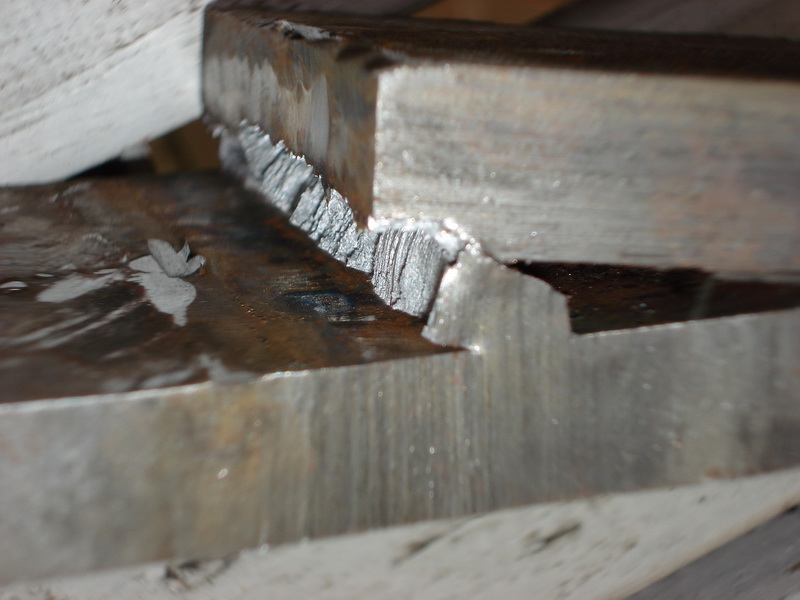Here as well. It depends upon the scale, welding process, weld joint, etc.
When testing, I clean for butt weld tests. I don't for fillet break and especially if it is for D1.3. BUT, I have equipment sitting in the test area that the welder may use to further prep the parts if he wants too. Only if the company being tested for has requested to not prep do I forbid cleaning up the parts.
Stiffener plates put in large wide flange beams are seldom cleaned. Employers want to make sure the welder can accomplish that.
All good to go per D1.1, Clause 5.15.
Have a Great Day, Brent

